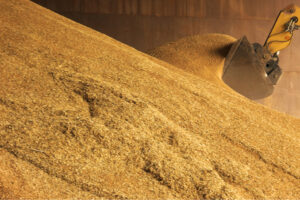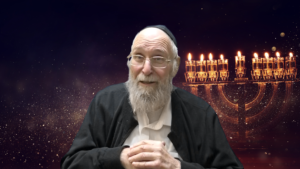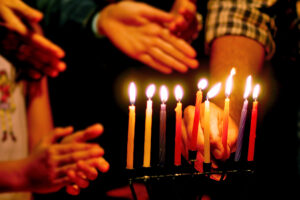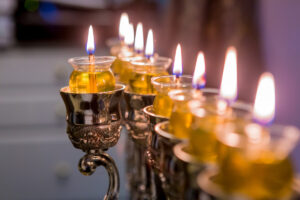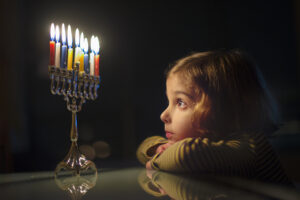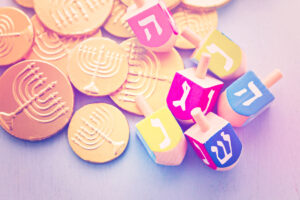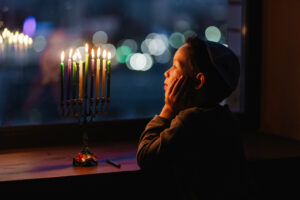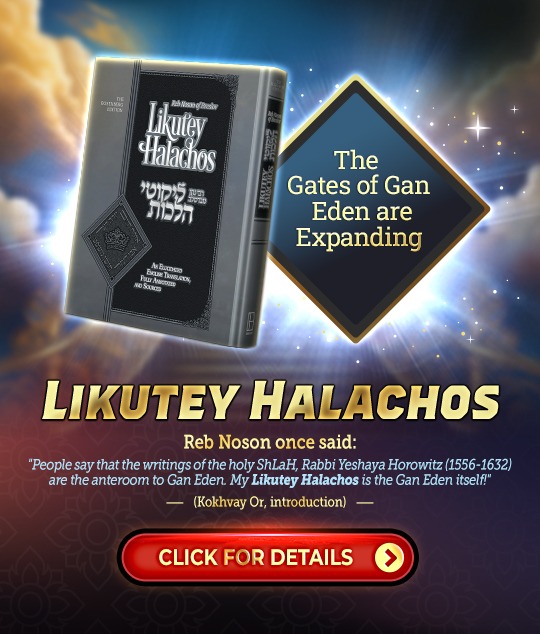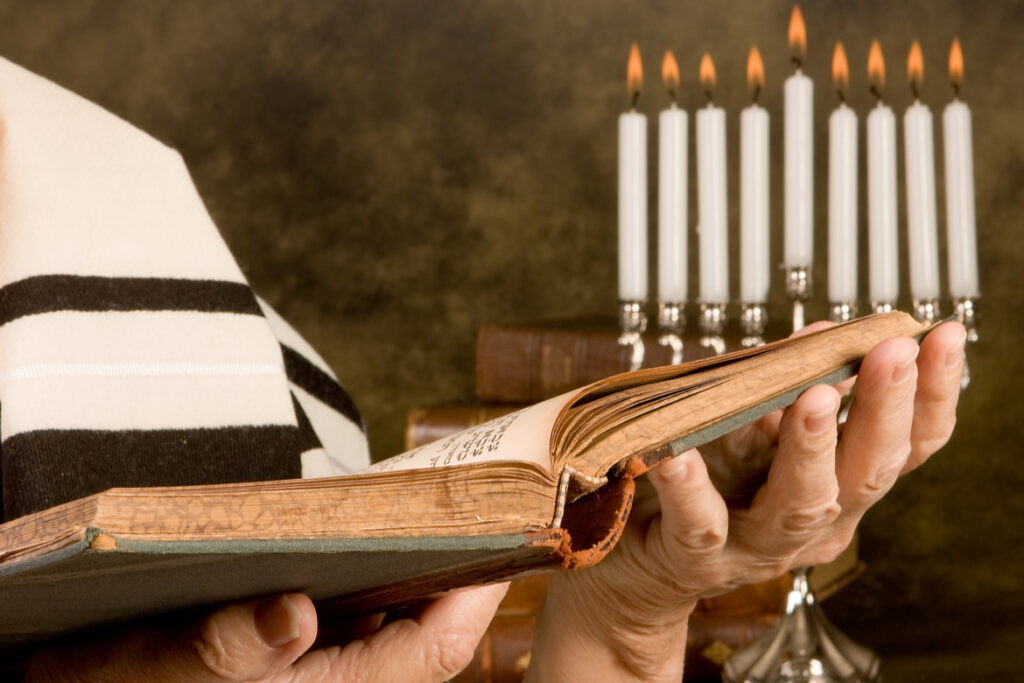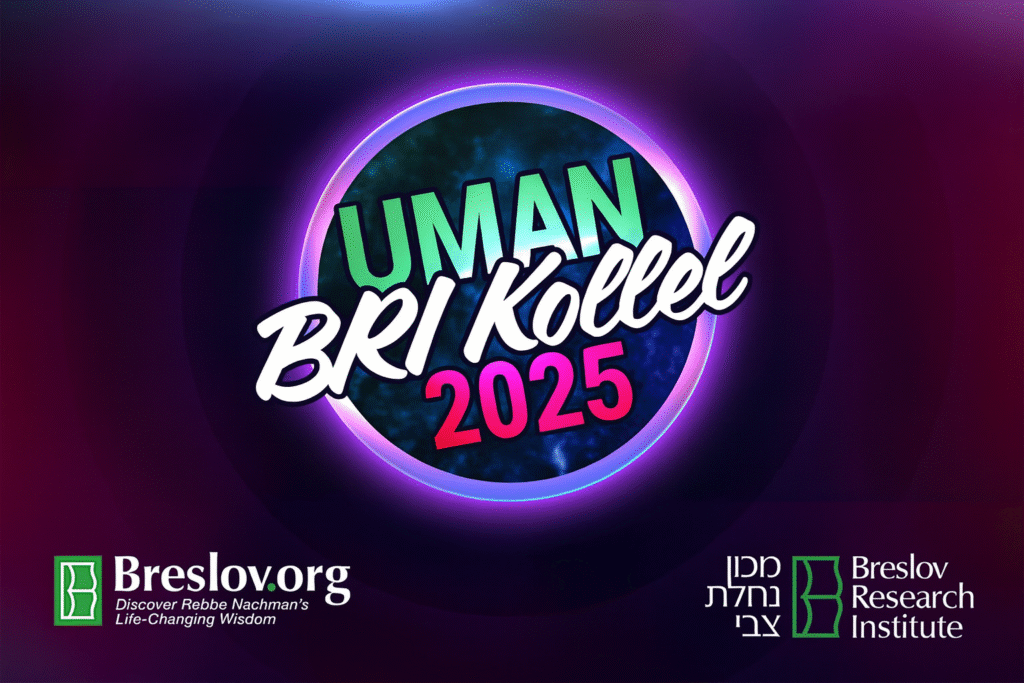- Faith ⬦ Family ⬦ Jewish Holidays ⬦ Read ⬦ Shabbat ⬦ Weekly Torah Portion
Parshat Bamidbar – The Census Leads us to Unity
This week is Parshat Bamidbar, which is the beginning of the Book of Bamidbar, or the Book of Numbers as it’s called in English. It’s called Numbers due to the large amount of counting in it, and even the Gemara calls it Sefer Hapekudim (The Book of Counts). The Parsha starts with HaShem telling Moshe to count all the Jews from ages 20 to 60, and then divide them into 12 camps, or flags, if you will. Those camps were the formation around the Ark in the Mishkan, so that there were 3 camps on each side. On the East were Yehudah, Yissachar, and Zevulun, the South had Reuven, Shimon, and Gad, then Binyomin, Ephraim, and Menashe in the West, and finally in the North were Dan, Naftali, and Asher. Then HaShem tells Moshe to count the Levi’im, as they were not in the regular 12-count of the Tribes, but rather had a special designation as servants of HaShem, and were encamped around the Mishkan, within the ring of the other Tribes. The Parsha ends with talking about how the Mishkan was disassembled and covered for travel, until they stopped to camp and reassembled it.
So that’s a quick summation of the Parsha, but what does all this have to do with us today, some 3000 years later? The Torah is eternal, so it must have some implications for today as well. Bamidbar means a desert – which is where we are, we’re in a spiritual desert, in exile! Things around us aren’t very calm or stable; the world is in chaos – whether it’s wars, such as Russia against Ukraine, or Iran arming terrorism throughout the Middle East, there’s also turmoil from environmentalists and politicians – there’s a crisis everywhere! HaShem is unseen, and we face challenges, not only to religion but perhaps even to life itself! The issues seem never-ending.
So HaShem tells Moshe to count the Jews – why? Because every Jew counts! We need every single one of us. And one might be tempted to say, I’m from a different tribe, I’m different from that person, I think differently, I believe in this, he believes in that, his ideology differs from mine, but that’s not the point! From the start we were divided into different camps, into different Tribes, but we were always one nation. We may be diverse, from different tribes and viewpoints, but every Jew counts!
Now the Jews were divided into different groups. There were four separate groups that thought more or less along the same lines, such as Yehuda, Yissachar, and Zevulun, who always led the vanguard while traveling. Some people are more like-minded, so it makes sense for them to be together – people get along with each other, or rather, people can get along with each other. However, the primary point is unity, to get along with everyone else. The Midrash says that each Tribe had its own flag, and people were always able to look proudly at their own flag, to their own contribution to the Jewish nation as a whole. One must carefully examine their actions and determine if what they are doing is contributing, or hindering. The importance of this cannot be understated – if people work in unity, they can march through a desert, six hundred thousand strong, and almost no one was brazen enough to challenge them, and those who did were defeated. Why? Because they were unified, so they then succeeded! That’s what the Midrash teaches us – if we are intelligent enough to look for unity, rather than strife, there are no difficulties we cannot overcome. Even the Levi’im, who didn’t want anything to do with separating into Tribes, still saw themselves as part of the united Jewish nation. And when they were together, all their individualities shone.
HaShem tells Moshe to count the Jews – why? Because every Jew counts! We need every single one of us. We may be diverse, from different tribes and viewpoints, but every Jew counts!?
The Zohar asks, why did the flags of the Tribes each feature a different color? Because when you put all the colors together, you get a rainbow – a beautiful projection of the boundless potential of the Jewish people, not God-forbid the rainbow that has been co-opted by people who live outside the norms of nature, but actual beauty, like the aurora borealis or a crystal chandelier. If one takes apart a crystal chandelier, he gets a pile of similar-looking crystals – not much to speak of. But when the chandelier lights up, all sorts of colors shine forth – everyone is there, everyone has something to contribute. When we join together, we have a tremendous power to project strength and beauty for the Jewish nation. The focal lesson from this Parsha, then, is unity!
The Shulchan Aruch writes that Bamidbar almost always comes out before Shavuos. Why? Because Shavuos is the time for us to receive the Torah. Yes – every year we receive it anew! The Shulchan Aruch derives something interesting from a Gemara in Megillah – you cannot have Shavuos unless you count. Every year you count, because otherwise you can’t properly appreciate the Torah unless you can come together. There are all kinds of Jews, but if we band together, we’ll emerge from the morass unscathed. If we don’t? Then we’re all in trouble. If we want to receive the Torah this Shavuos, we must work in unity. That’s how we can have HaShem be revealed to us despite the spiritual desert we live in.
- 0 comment




